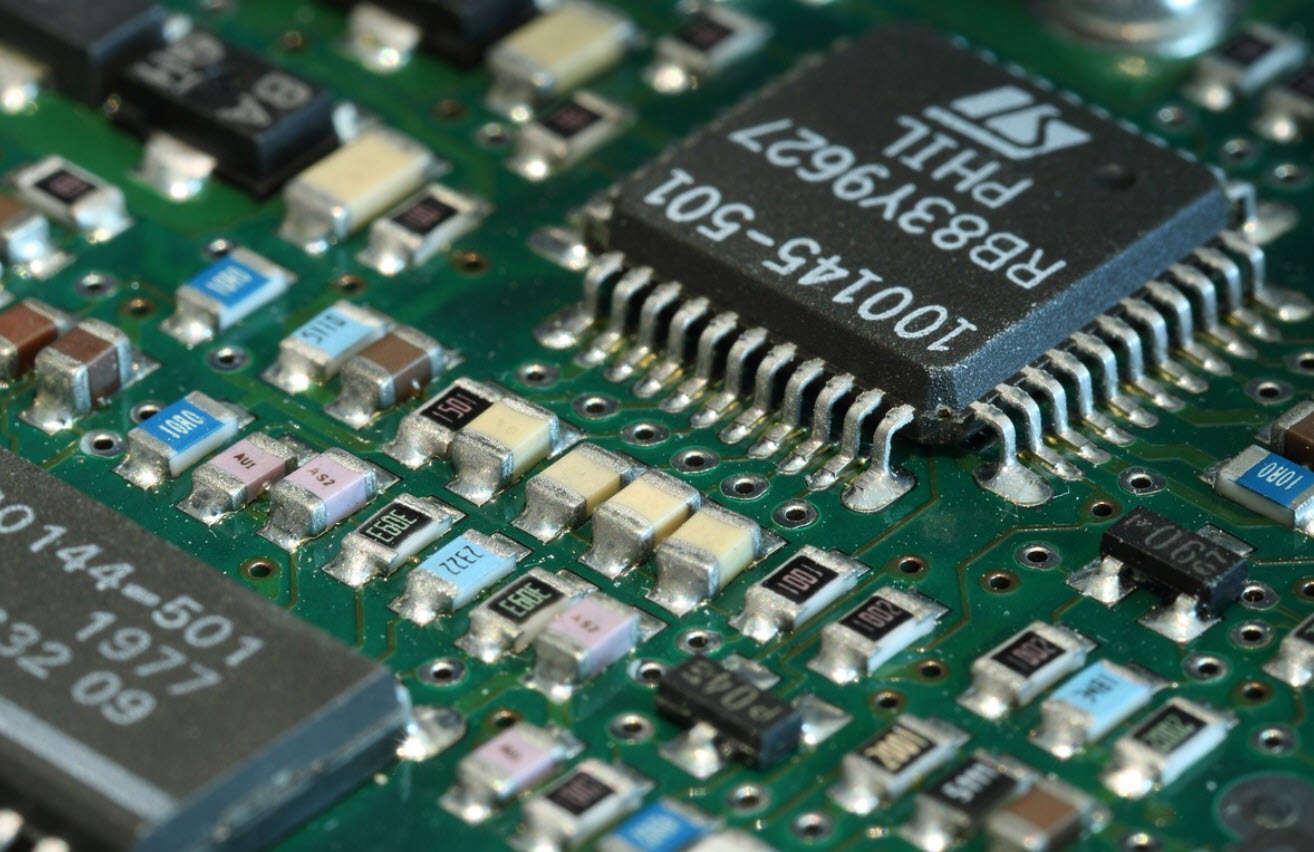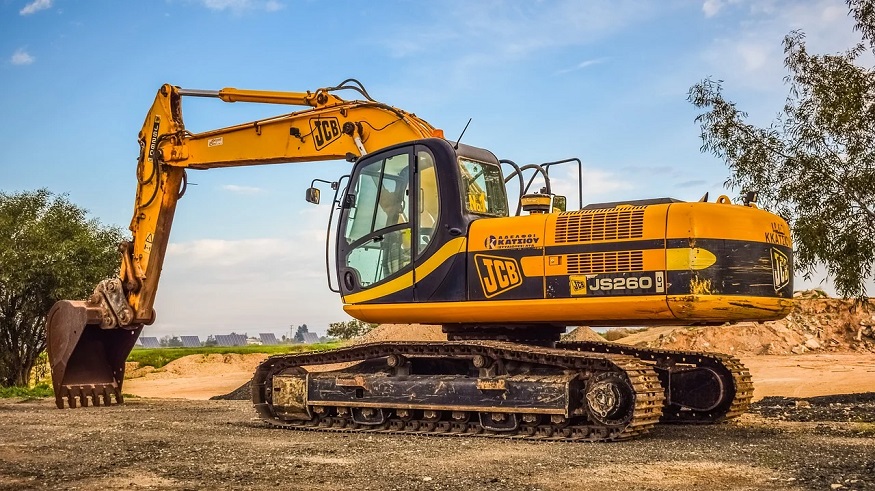
The Role of Modern Circuit Boards in Clean Energy
July 6, 2020In conversations about green energy and general sustainability, there tends to be a fair amount of talk about various electronic advancements. We often discuss improving efficiency in electric systems and all sorts of green technologies that run on electricity. What we don’t talk about as much, however, is the internal operation of modern electronics, and how this, too, can help with sustainable efforts.
IoT Devices
Perhaps the most noteworthy way in which modern electronics are contributing to green efforts is through the continued expansion of the Internet of Things. Often enough, we think of the IoT as a network of consumer products: smart watches, home speakers, intelligent refrigerators, and the like. However, the IoT is also transforming the energy industry through a massive grid of new, connected products. Agricultural sensors can recognize conditions and communicate with irrigation and fertilization systems to reduce waste; homes and public buildings can be fitted with heating and air conditioning that similarly responds to conditions; urban areas can be outfitted with tools that turn off lights where there’s no pedestrian traffic, and so on. These and many other functions are being made possible in part by advancing electronics that are helping to bring about so many IoT devices.
More Sustainable PCBs
PCBs, or printed circuit boards, are at the heart of many electronic devices. They basically communicate internal electronic signals such that what you want a device to do actually happens. Historically though, they’ve often been designed with various plastic and epoxy hybrids that can be difficult to dispose of responsibly. Now, however, it’s more common to see PCBs built with alternative materials. Most notably, PCBs are being designed with metal cores, and specifically copper, iron, or aluminum. This is done primarily for the conductivity values of the metals, but it can also make some PCBs easier to recycle. Meanwhile, there are also some examples of PCBs being made with organic material, specifically for green purposes — though these aren’t as common, and it’s unclear if they’re as reliable as their counterparts.
Greater Efficiency
This point comes down to improving PCBs as well, to some extent. But basically it’s the idea that more efficient electronic devices may require fewer components, and may also last longer. Many who are mindful of sustainability efforts are well aware that the world has an e-waste problem; people quickly toss electronics aside in favor of new products, and most don’t do so responsibly. So, naturally, there’s a benefit to designing electronic devices that will last longer, and continue to impress users. Better PCBs and smarter device designs can help with this. Additionally, improving designs for electronic mechanisms sometimes allow less material to accomplish more — meaning that even when the devices are disposed of, they can be marginally less harmful to the environment.
Green Devices
Finally, and most directly, we should also point out that there are some instances in which printed circuit boards are being designed specifically to match the needs of green devices. We have highlighted an example of this happening in the past, in fact — way back in 2012, when we got wind of PCBs being used in hydrogen fuel cells. Many more examples have emerged in the time since, naturally, but this speaks to the direct role that circuit boards play in bringing about some of our most important green tech.



 HFN News is your leading source for fresh hydrogen and renewable energy updates. Amid the fast-paced growth of hydrogen companies, we provide top-notch news and insights about this exciting sector. Our coverage spans from hydrogen cars to global sustainable initiatives, and we highlight the latest in green jobs and developing hydrogen hubs. We invite you to share your local hydrogen news and explore today’s renewable energy job listings on our site. Thanks for choosing HFN News as your trusted guide to the hydrogen and renewable energy world!
HFN News is your leading source for fresh hydrogen and renewable energy updates. Amid the fast-paced growth of hydrogen companies, we provide top-notch news and insights about this exciting sector. Our coverage spans from hydrogen cars to global sustainable initiatives, and we highlight the latest in green jobs and developing hydrogen hubs. We invite you to share your local hydrogen news and explore today’s renewable energy job listings on our site. Thanks for choosing HFN News as your trusted guide to the hydrogen and renewable energy world!